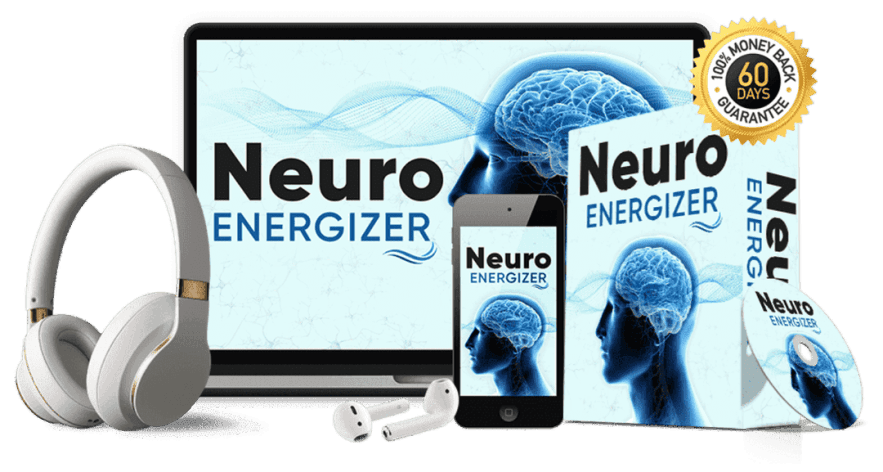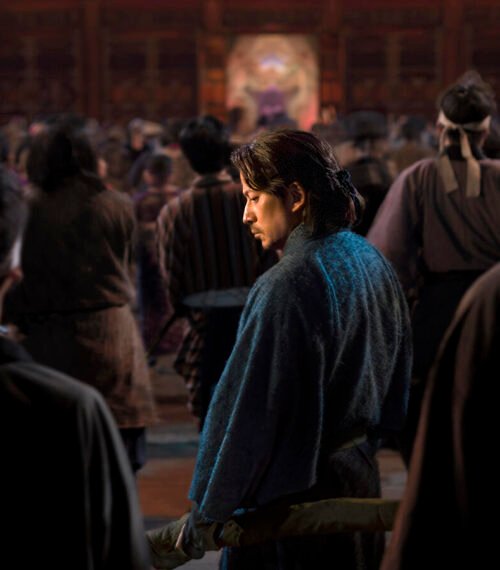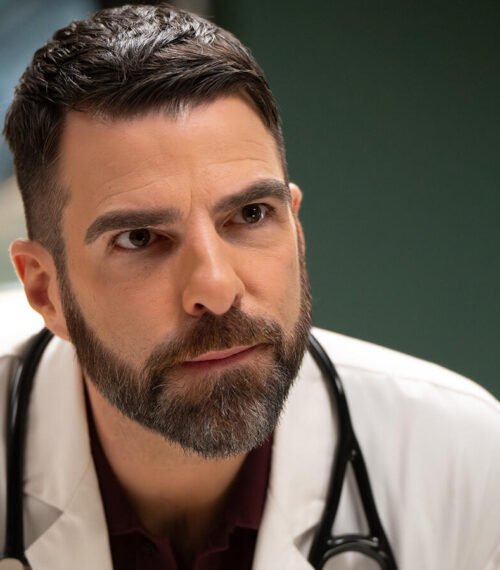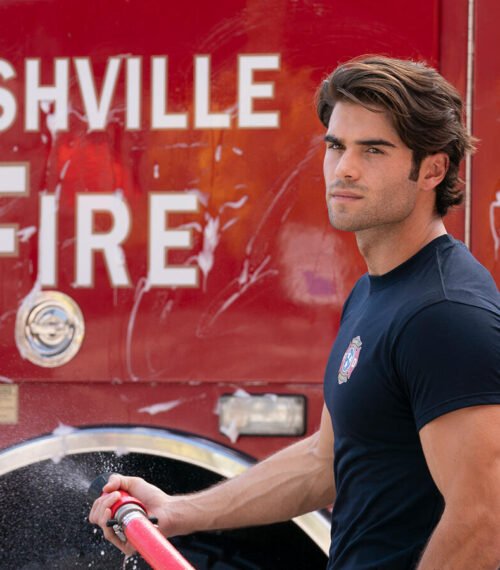There’s a scene in Monster: The Ed Gein Story that co-creator Ian Brennan could not look away from. Brennan, who wrote all eight episodes of the latest installment in his and Ryan Murphy’s true crime anthology series, recalled watching Charlie Hunnam on set during one particular sequence. Hunnam, who stars as the eponymous murderer, was dancing in a suit and mask he had handmade from human flesh.”I couldn’t call cut,” Brennan told TV Guide at Monster: The Ed Gein Story‘s New York premiere on Sept. 30. “I turned to the [Director of Photography] and was like, ‘He’s just gonna have to stop doing this,’ because this is so interesting, so beautiful, so strange — but this is a thing that happened.”
Like the first two seasons of Monster — the first of which recounted the life and crimes of Jeffrey Dahmer, while the second focused on Lyle and Erik Menendez — The Ed Gein Story is based on a real-life murderer. Born in 1906 in Wisconsin, Gein was known for exhuming corpses from graveyards and fashioning keepsakes from them. That was in addition to confessing to the murders of two women: Mary Hogan in 1954, and Bernice Worden in 1957. Gein’s crimes were the inspiration behind some of the biggest horror films of all time, from Alfred Hitchcock’s Psycho to Tobe Hooper’s The Texas Chain Saw Massacre to Jonathan Demme’s The Silence of the Lambs. His influence in pop culture is a central theme in The Ed Gein Story.
TV Guide spoke to Brennan about how the show approached portraying Gein, the connection between his crimes and the “pandemic” of male violence that Brennan sees today, and who the real monster is in Monster Season 3.
How did you find the balance between humanizing Ed Gein and holding him accountable for his crimes?
Ian Brennan: The way you put it is exactly what the job is. You’re walking a fine line between showing how this person is human, but how this person is doing absolutely inhuman, deeply strange, and very upsetting things. In a way, it’s just a matter of taste. You have to constantly be checking that box in your head. It’s almost a body feeling actually, when you’re writing something — if something is like, ugh, you just know that an audience isn’t going to want to watch that, much less me wanting to write it. A lot of it is picking the right subject. I write a lot of pilots that get thrown in the garbage because we just think, “Oh, maybe it could be about blank.” And then you get in, you’re just like, ugh, no. And Ed was one of those, the second we got into it, like, this is fascinating. He’s really, really interesting — very tragic, so scary, so macabre, so upsetting, really moving.
He changed pop culture. It’s worth dwelling on, because he was this really lonely, deeply mentally ill man in Plainfield, Wisconsin, in the middle of nowhere, small little town. And that isolation and that mental illness resulted in a complete change in how we look at human beings and what human beings can do. Prior to Ed Gein, villains were Dracula and Phantom of the Opera and the mummy [from 1932’s The Mummy], and as we touch upon in our show, once people saw what had happened in the death camps in Poland and Belarus, once people saw what human beings were capable of in the 1940s, that all changed. Those things stopped being scary because we realized, “Oh no, we’re the scariest thing.” And he marks that inflection point; I think that’s why Gein is important. And then we have the added benefit of being able to then dip into the visual languages of these great filmmakers who had been inspired by this really strange man. So we sort of begin in a palette of Alfred Hitchcock, and then we move into the ’70s with Tobe Hooper, and then with The Silence of the Lambs in the ’90s, and each time each one is needing to top itself. So he really just ended up being a fascinating way to spend a year of my life.
Every season of the show has asked, “Who is the real monster?” How would you answer that for this season?
Brennan: The real monster in the world is loneliness and isolation. Gein is a story of what happens when someone is mentally ill and isolated and alone and male, that’s a really dangerous combination. I think we live in a world where that’s just becoming a pandemic, male loneliness and male violence. While this season took place 75 years ago, it feels very of the moment for that reason.
What was it like working on the show this past year and seeing more incidents related to male violence appear in the headlines?
Brennan: Sadly, now it’s just become all too familiar. But there was something that felt like, wow, this combination that we’re dealing with here, 75 years ago in this sort of ghoul’s house in Plainfield, Wisconsin, on a dairy farm, is the same toxic combination that is really plaguing modern society now. I didn’t expect for that to be a sort of consonance. We play in that sandbox as it were; it’s the same thing with Dahmer. Jeff Dahmer was also deeply mentally ill, very alone, had real trouble connecting with people, and that’s what happens when people are isolated. We’re not built for that; we go crazy.
A big part of Ed Gein’s story is what he did with human remains. How did you find the balance between showing enough and not too much?
Brennan: It’s so tricky. You just have to sort of play it by ear. I think that’s what our job is as creators, is to try to apply your taste the best you can. And you want to make something that, while it does tell a very macabre and difficult story, is also entertaining. So I think that’s what you have to do. And gosh, some of the stuff that Charlie does is just so intense and so strange, but it’s so entertaining. There’s a moment in the middle of the series where he actually dons a suit of skin and a mask, and he does the dance that was sort of made famous in The Silence of the Lambs. And I couldn’t call cut. It just kept rolling, I turned to the DP and was like, “He’s just gonna have to stop doing this,” because this is so interesting, so beautiful, so strange — but this is a thing that happened. This man lived and existed and did this thing, and that’s what’s so good about this show to work on. While it is difficult, it’s like a really interesting window into humanity and our really strange and embarrassing and horrible sides that for some reason, at this moment in my life, it feels very affirming.
Monster: The Ed Gein Story is available to stream on Netflix.















































































































